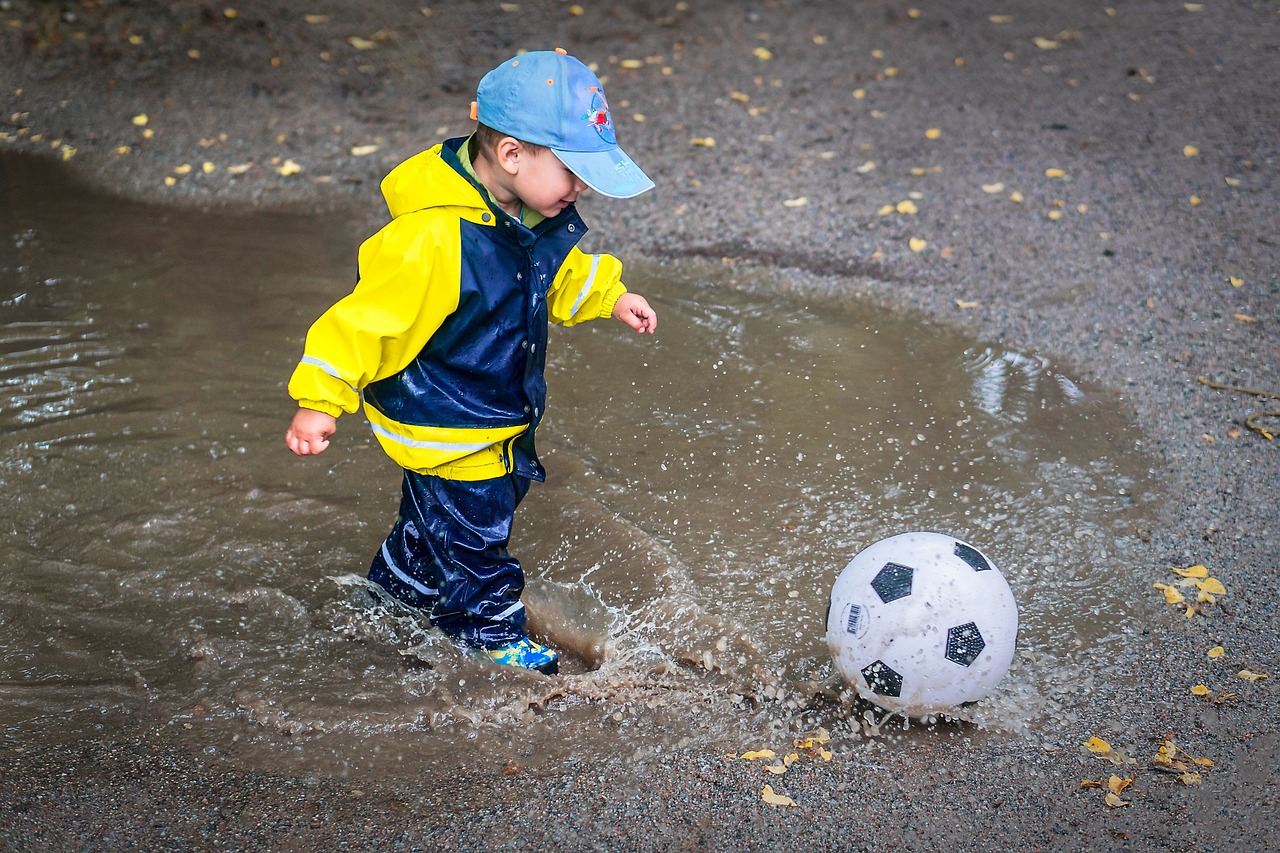Parents should be encouraged to have their children’s eyes tested regularly, especially at the start of each school year. Eye care specialists can then take appropriate action to correct any problems in good time. But how can parents know how often to see an ophthalmologist or optometrist? Here are some guidelines to help parents spot any problems linked to eyesight in their kids. All of the following signs from a child can have many causes, including visual problems, and may indicate that an eye examination may be helpful:
- holds books very close while reading
- follows words with a finger while reading
- has concentration problems
- rubs eyes frequently
- eyelids squint all the time
- has a turning eye
- has headaches
- turns head to use only one eye
- has irritated and watering eyes
- has reading and writing problems or learning difficulties
- has difficulty focusing during tasks and while playing.
It is recommended that all children, whether or not they exhibit the above symptoms, should have regular check-ups to make sure that their vision is developing as it should. The most critical period for the development of healthy vision is up to eight years of age. The timing of eye exams is debated and will depend on your country. If not, then an ideal schedule might be:
- at nine months, particularly if the baby is in a risk group
- at 30 months
- before primary school (age four to five years)
- at the beginning of every school year
- at any time if there are symptoms or the signs described above.
Children’s eyewear
Eye care professionals play an essential role in the eyewear selection process, for instance by explaining to parents the importance of a good frame choice and fit. The choice of frame and lenses is crucial to ensure the effectiveness of the optical prescription. A suboptimal frame choice and bad fitting will decrease the performance of the correction and its desired effect and may have a negative impact on the child’s vision.
Glasses for kids must be lightweight, stable and impact resistant. Lenses in PNX are very robust and safe to a child’s lifestyle, thanks to their impact resistance, and block 100% UV radiation. A hard coating with a good scratch resistance is very important as well. In case of the option of anti-reflective coating, the UV control is highly recommended, as children spend a lot of time outdoors. Again, parents should arrange regular check-ups to ensure that children are using their glasses correctly, the frame is fitted properly and adjusted perfectly .
.jpg?width=80&name=N.Vlasak%20(002).jpg)

.jpg?width=200&name=N.Vlasak%20(002).jpg)